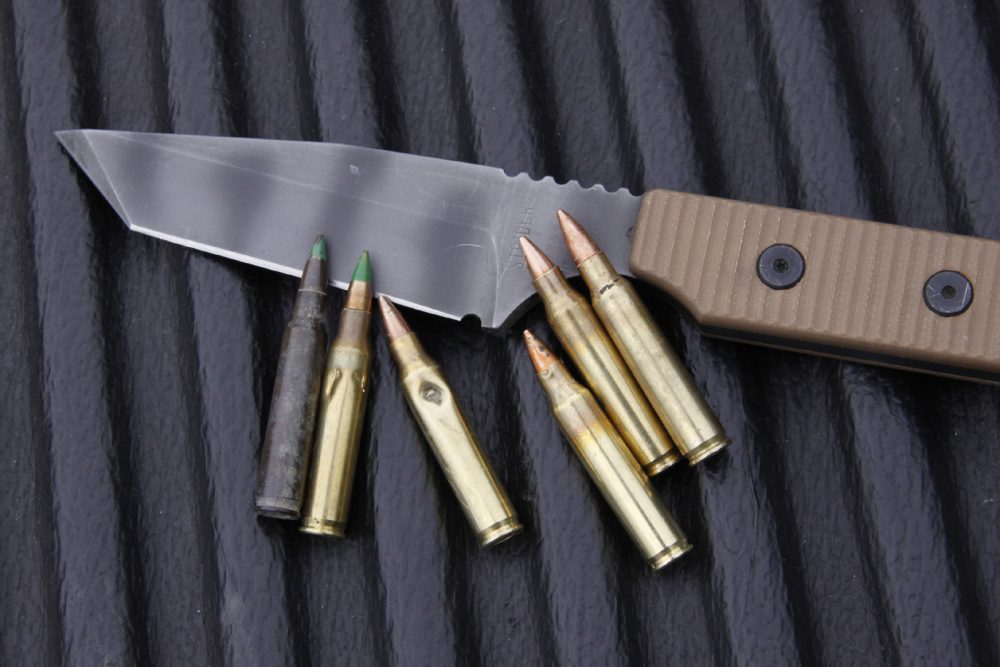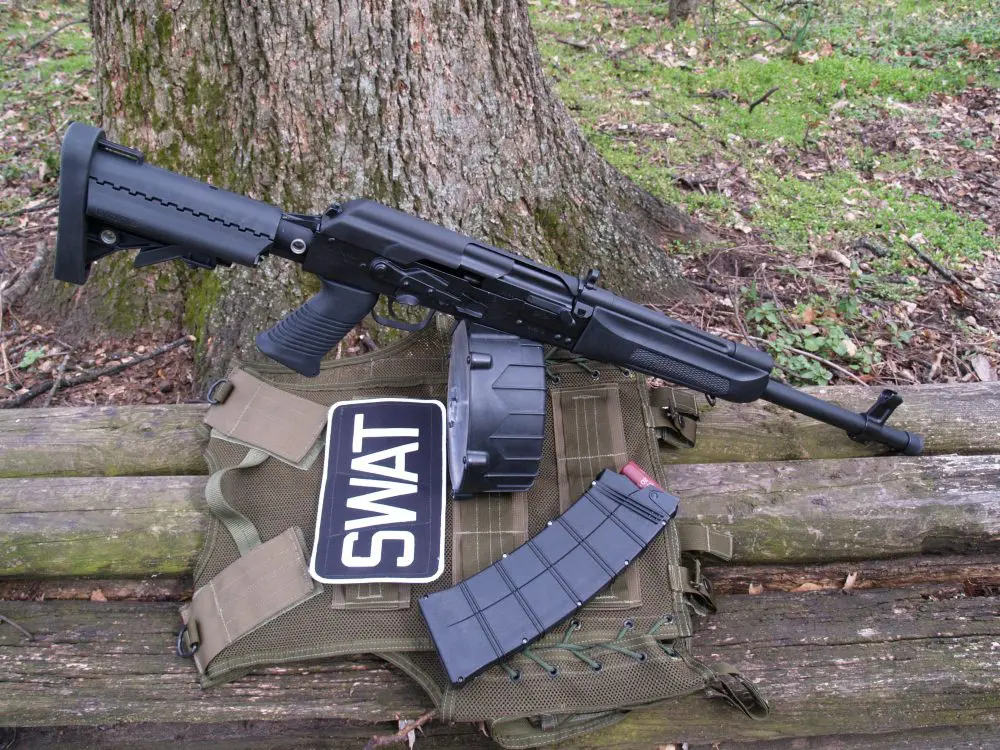Most human organs are provided in pairs.
Eyes, ears, arms, lungs, legs and kidneys are all paired, but probably the two most important organs—the brain and the heart—have no backup units. If either of these fails, you’re dog meat.
And much like when your heart or brain becomes inoperative, if you are relegated to one-handed pistol shooting when you have practiced solely a simulated Weaver or Isosceles technique, you become the fighting equivalent of someone who is either comatose or has sustained heart failure.
The reasons for one-handed shooting are many and varied. While two-handed handgun shooting has been around since Moses was a corporal, the technique has become the accepted norm since the 1960s, when Jeff Cooper formulated his Modern Technique based on Sheriff Jack Weaver’s success in big-bore, duty weapon open competition.
While Weaver was repeatedly going up against his equals, he was continuously winning—until the “secret” of his success was revealed through the medium of cinematographic film. At that stage, he had been the only one of his peers who had been using a two-handed system to quickly and accurately fire a heavy-recoiling revolver.
And thus the Weaver Technique was born.
As stated above, however, there are many reasons for having the ability to gunfight one-handed. Some firmly believe that one-handed “point” shooting is the only way to go, based on torso alignment relative to the target, and this works well on a stationary target with a clear backstop.
And while everybody is entitled to their opinion, this system can go downhill fast when one encounters multiple assailants and a background filled with screaming non-shootable bystanders running around like decapitated chickens. There is never only one way to do things, and as everybody well knows, you can reverse-engineer anything on a firing range to prove a basic premise.
Unfortunately a firing range is not a battlefield and never will be, and there’s only one easy way to find out if your techniques work for real. To quote The 13th Warrior prior to the onset of his first battle, “I’m not a warrior.” His commander’s response? “Very soon you will be.”
The above having been said, this article is based on the assumption that you’re not training for a point-shooting quick-draw competition—you’ve been relegated to one-handed defensive shooting for one of a variety of strategic and/or tactical reasons.
The encounter may have occurred at too close a distance to be able to bring the weapon to full arm extension, and/or the support hand may be engaged in a defensive strike, hair-pulls, etc. You may be dragging your four-year-old carpet muncher out of your house while returning fire at your assailant. You may be opening a door or window with your non-firing hand when the situation breaks loose. Or you may be using your favorite one-handed handheld flashlight technique in the all-too-common dim ambient light encounter.
You could be down to the use of one hand because of injury. You may have been accosted while exiting a liquor store with your purchase, and you know you’d rather hang on to the booze with one hand—and be shot—than drop that lousy six-pack of beer. You may even be permanently disabled or be an amputee, and not have the wherewithal to shoot two-handed.
The gist of this diatribe is that you should be able to shoot as well one-handed as with two, whether out of choice or because circumstances dictate it—irrespective of whether it’s left- or right-handed.
There are two psychological absolutes: Those who train one-handed shooting exclusively go to pieces when they’re obliged to shoot weak-handed, because they never practice it. And those who train only two-handed suffer the same fate because they rarely—if ever—utilize one-handed techniques on the range and are as a result both psychologically and physically impaired in a ballistic confrontation.
Let’s be honest—you don’t have a “strong” or a “weak” hand. They both have equal strength, assuming no physical afflictions. What you do have is a situation in which you have to react under stress, using an unfamiliar, seldom-practiced technique. In addition, you must attempt to do this while deploying an opposite-side brain hemisphere from that used during your “normal” pistol-firing training sessions.
And even if, after diligent practice, you are slightly slower (operative word “slightly”) during projectile delivery to the target, who cares? Everybody gets wrapped around the axle about speed, when there has never been a successful, accomplished fast gunfighter. Quick? Yes. Fast? No. In the movies, yes. In real gunfights, the only people who shoot fast either miss or are dead.
So in this author’s admittedly cerebrally impaired opinion, the solutions are relatively simple—range time and dedication. Use some of the range time you squander on repeating banal shooting drills, such as firing the same old sequences on non-realistic targets that you know you can hit blindfolded, and substitute that time and expenditure of powder and ball for something constructive.
Like your God-given organs, double up on your handguns.
Carry two pistols and practice transitions from one to the other, and then reverse the sequence of primary and secondary weapons. This polishes an instantaneous drawstroke, in combination with reflexive reversal of footwork and brain hemispheres.
It simultaneously also programs the operator to keep his trigger finger away from the trigger on the currently non-firing weapon and, with practice, instills confidence in the shooter to allay the niggling habits of trigger-jerking, over-squeezing the semi-auto pistol, and not concentrating on locking the wrist and elbow of the firing hand and arm.
These latter problems are all symptoms of a psychological self-doubt incurred from lack of training in these facets of shooting—usually rooted in an “I’ll never have to do it” or “I’m not paranoid” syndrome.
Then, of course, there’s always the inevitable whine: “But this is hard.”
Yes, sir, and so is the marble they use to build your tombstone.
[Louis Awerbuck was the Director of the internationally acclaimed Yavapai Firearms Academy. Course information and schedules are available at their website at www.yfainc.com]





